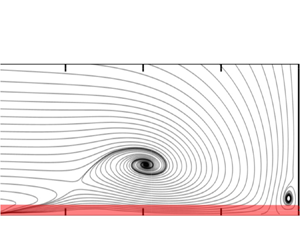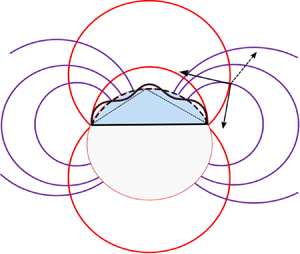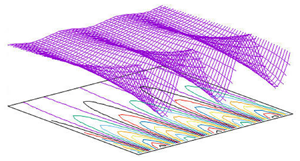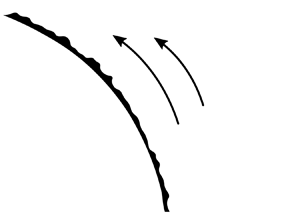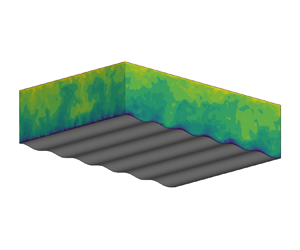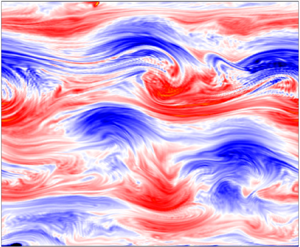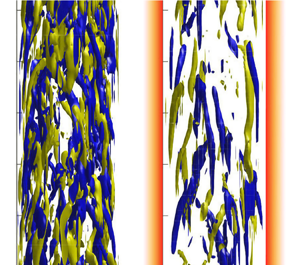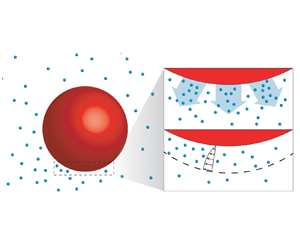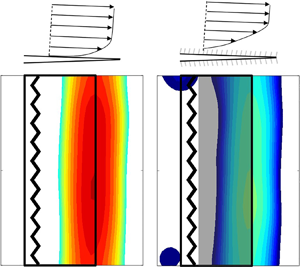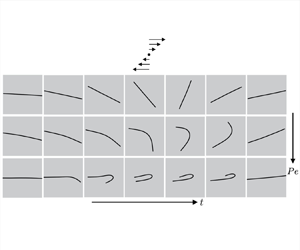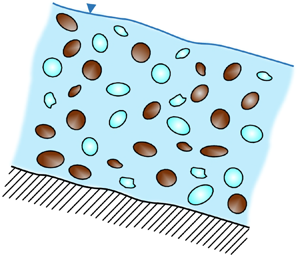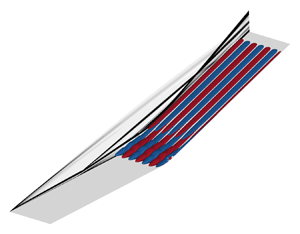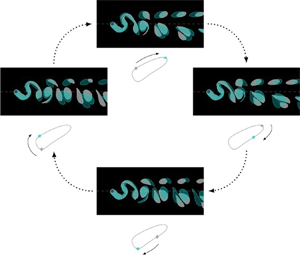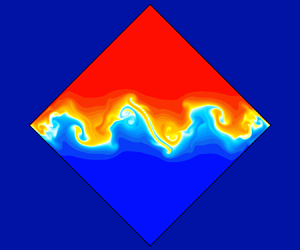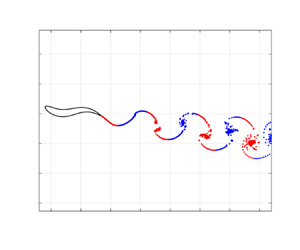Open access
JFM Papers
The viscous sublayer in front of a wall-mounted cylinder
-
- Published online by Cambridge University Press:
- 02 June 2021, A37
-
- Article
-
- You have access
- Open access
- HTML
- Export citation
On a toroidal method to solve the sessile-drop oscillation problem
-
- Published online by Cambridge University Press:
- 02 June 2021, A39
-
- Article
-
- You have access
- Open access
- HTML
- Export citation
Revisiting the momentary stability analysis of the Stokes boundary layer
-
- Published online by Cambridge University Press:
- 01 June 2021, A36
-
- Article
-
- You have access
- Open access
- HTML
- Export citation
Characterizing the turbulent drag properties of rough surfaces with a Taylor–Couette set-up
-
- Published online by Cambridge University Press:
- 01 June 2021, A45
-
- Article
-
- You have access
- Open access
- HTML
- Export citation
A numerical and theoretical study of wind over fast-propagating water waves
-
- Published online by Cambridge University Press:
- 01 June 2021, A38
-
- Article
-
- You have access
- Open access
- HTML
- Export citation
Lower bounds on zonal enstrophy
-
- Published online by Cambridge University Press:
- 27 May 2021, A33
-
- Article
-
- You have access
- Open access
- HTML
- Export citation
Suppression of turbulence and travelling waves in a vertical heated pipe
-
- Published online by Cambridge University Press:
- 25 May 2021, A17
-
- Article
-
- You have access
- Open access
- HTML
- Export citation
Instabilities driven by diffusiophoretic flow on catalytic surfaces
-
- Published online by Cambridge University Press:
- 25 May 2021, A10
-
- Article
-
- You have access
- Open access
- HTML
- Export citation
On the effect of velvet structures on trailing edge noise: experimental investigation and theoretical analysis
-
- Published online by Cambridge University Press:
- 25 May 2021, A11
-
- Article
-
- You have access
- Open access
- HTML
- Export citation
Signatures of elastoviscous buckling in the dilute rheology of stiff polymers
-
- Published online by Cambridge University Press:
- 25 May 2021, A12
-
- Article
-
- You have access
- Open access
- HTML
- Export citation
A mathematical framework for modelling rock–ice avalanches
-
- Published online by Cambridge University Press:
- 25 May 2021, A8
-
- Article
-
- You have access
- Open access
- HTML
- Export citation
Effect of hydrodynamic slip on the rotational dynamics of a thin Brownian platelet in shear flow
-
- Published online by Cambridge University Press:
- 20 May 2021, A1
-
- Article
-
- You have access
- Open access
- HTML
- Export citation
Occurrence of global instability in hypersonic compression corner flow
-
- Published online by Cambridge University Press:
- 20 May 2021, A4
-
- Article
-
- You have access
- Open access
- HTML
- Export citation
Spatio-temporal symmetry breaking in the flow past an oscillating cylinder
-
- Published online by Cambridge University Press:
- 17 May 2021, A42
-
- Article
-
- You have access
- Open access
- HTML
- Export citation
Phase-averaged and cycle-to-cycle analysis of jet dynamics in a scaled up vocal-fold model
-
- Published online by Cambridge University Press:
- 17 May 2021, A44
-
- Article
-
- You have access
- Open access
- HTML
- Export citation
JFM Rapids
Parametric instabilities of a stratified shear layer
-
- Published online by Cambridge University Press:
- 17 May 2021, R4
-
- Article
-
- You have access
- Open access
- HTML
- Export citation
JFM Papers
On the role of added mass and vorticity release for self-propelled aquatic locomotion
-
- Published online by Cambridge University Press:
- 17 May 2021, A45
-
- Article
-
- You have access
- Open access
- HTML
- Export citation
On the dynamics of vortex–droplet co-axial interaction: insights into droplet and vortex dynamics
-
- Published online by Cambridge University Press:
- 14 May 2021, A37
-
- Article
-
- You have access
- Open access
- HTML
- Export citation
Physics of unsteady cylinder-induced shock-wave/transitional boundary-layer interactions
-
- Published online by Cambridge University Press:
- 14 May 2021, A39
-
- Article
-
- You have access
- Open access
- HTML
- Export citation
Hydrodynamics of rowing propulsion
-
- Published online by Cambridge University Press:
- 11 May 2021, A29
-
- Article
-
- You have access
- Open access
- HTML
- Export citation

